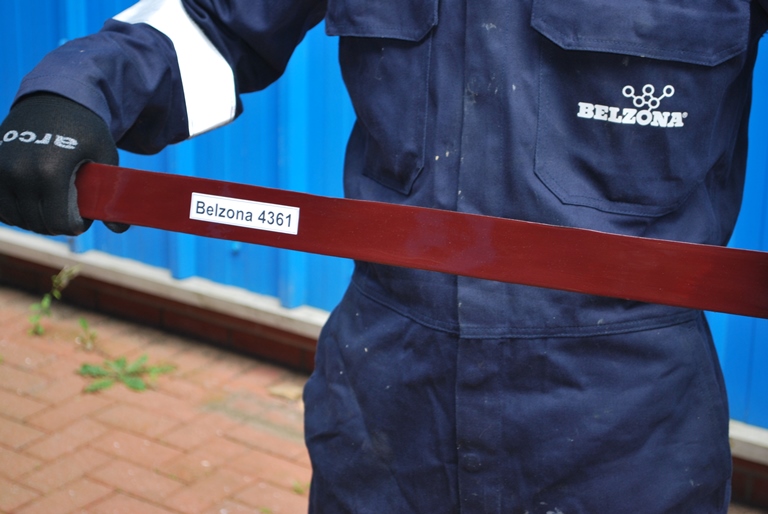Appropriate secondary containment has long been a legal requirement in many countries, particularly around tanks, storage vessels, and other plant equipment containing hazardous liquids. Regulations, such as the Control of Pollution Regulations 2001 in England, are enacted to establish preventative measures. By not complying with these regulations, companies run the risk of being heavily fined, sometimes to the extent of incurring criminal proceedings. As an example, a malt producer was fined £20K (~$31,400) for an oil fuel leak polluting the River Larkin in Suffolk, U.K. The company spent a further £100K (~$157,000) on the clean-up and maintenance costs. But following the regulations can cause headaches too.
Concrete bunds are commonly used as secondary containment systems to protect the environment from spills of  corrosive and toxic chemicals. Concrete is cost-effective and provides good structural strength; however, due to its porosity, concrete can be easily permeated and has poor chemical resistance, making it susceptible to deterioration through chemical attack. In addition, concrete is highly prone to cracking due to substrate movement and freeze-thaw cycles. If the deterioration is not addressed early, the structural integrity of the concrete will suffer and, even with the use of the bund, it can result in contamination of the surrounding areas and ground water.
corrosive and toxic chemicals. Concrete is cost-effective and provides good structural strength; however, due to its porosity, concrete can be easily permeated and has poor chemical resistance, making it susceptible to deterioration through chemical attack. In addition, concrete is highly prone to cracking due to substrate movement and freeze-thaw cycles. If the deterioration is not addressed early, the structural integrity of the concrete will suffer and, even with the use of the bund, it can result in contamination of the surrounding areas and ground water.
Secondary Containment Protection
Secondary containment is commonly protected with barrier coatings, which should be impervious to the liquid and resistant to chemical attack. In addition, the protective layer would benefit from a certain degree of flexibility. This flexibility combats the problem inherent in concrete: cracking
There are several reasons why concrete cracks. These include:
- Plastic shrinkage. This is produced when fresh concrete (in its plastic state) is subjected to rapid moisture loss.
- Excessive loading. Heavy loads cause the ground underneath the concrete to move and, because the flexural strength of concrete is lower than its compressive strength, the concrete bends to its breaking point.
- Thermal expansion/contraction. Significant tensile stresses in concrete are created by temperature fluctuations.
- Movement and settlement. During freeze/thaw cycles, frozen ground can lift and then settle when the ground thaws.
- Corrosion of reinforcement. Corrosion from steel rebar inside the concrete can induce stresses that are greater than the tensile strength of the concrete.
 Although concrete is susceptible to cracks, secondary containment protection solutions typically possess only one or two of the three properties required for continuous performance:
Although concrete is susceptible to cracks, secondary containment protection solutions typically possess only one or two of the three properties required for continuous performance:
- resistance to penetration,
- resistance to chemical attack, and
- resistance to movement.
Conventional chemical-resistant coatings have high crosslink density. They are rigid and inflexible due to difficult-to-break bonds, yet offer a good chemical resistance barrier due to their relative impermeability. Flexible coatings on the other hand, with the exception of rubber, have low crosslink density and offer good flexibility, but they are permeable, thus acting as a poor chemical resistant barrier.
Put It to the Test!
There are some coatings coming out that may address both the protective needs of the concrete and the resistance needs of the coating. These new coatings need to be tested for suitability for protecting bunds from chemical attack, including a series of tests for flexibility, such as ASTM D412: Standard Test Methods for Vulcanized Rubber and Thermoplastic Elastomers—Tension.
Regardless of the coating, it must be put to the test to see if it will work for a concrete secondary containment project.
About the AuthorMarina Silva is a business to business (B2B) marketing professional specializing in polymeric coatings and composites. She has been with Belzona Polymerics since 2009 and is currently focusing on specific needs of the Oil and Gas industry. For more information, contact: Belzona,
www.belzona.com/en 